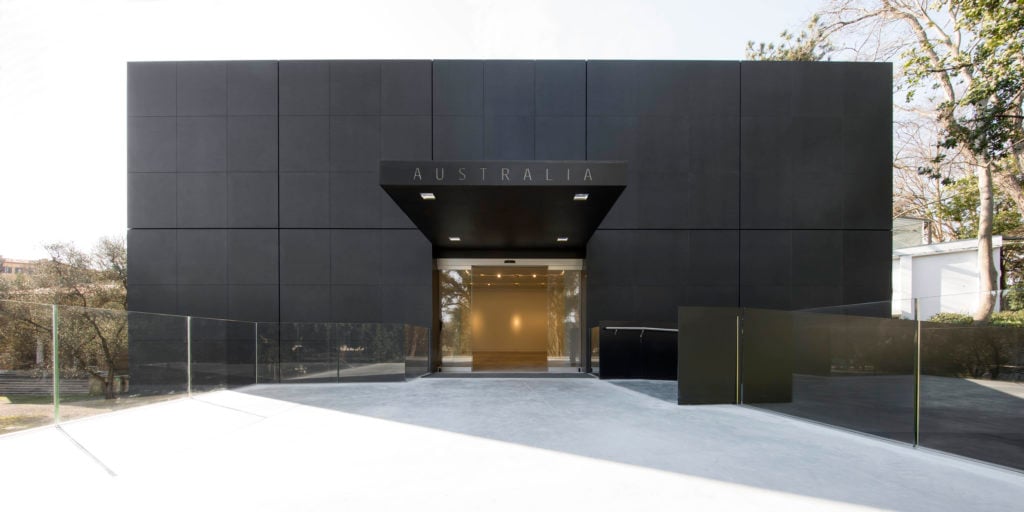Art World
Outraged by New Selection Process, Patrons Pull Support From the Venice Biennale’s Australia Pavilion
Funders are protesting the council’s elimination of a commissioner to oversee artist selection.

Funders are protesting the council’s elimination of a commissioner to oversee artist selection.

Taylor Dafoe

Though the 2017 Venice Biennale just closed yesterday, the next edition, set to open in the spring of 2019, is already making headlines as a public dispute over Australia’s participation in the exhibition has divided the country’s art community.
Several longstanding donors to the Australian Council for the Arts—the government advisory body that chooses Australia’s representative and funds the pavilion—have publicly withdrawn their support in protest of the council’s new model for choosing artists, The Art Newspaper reports. On October 28, council chairman Rupert Myer announced that the organization would no longer bring on an external commissioner to choose the country’s representative artist. Instead, it would solicit interest directly from artists and then make the decisions in-house.
Hamish Balnaves, who with his father Neil has donated more than $750,000 to the program, described the new process to TAN as a “bureaucratic raffle.” He has since withdrawn his support, as has Simon Mordant, a former commissioner of the Australian pavilion who has contributed $1.5 million in the past.
The council’s decision was made in compliance with the Venice Biennale’s new stipulation that commissioners for each national pavilion must be affiliated with the government that oversees them (though they may still hire independent curators to shape the installation of the exhibition).
However, it wasn’t the decision itself that drew hostile reactions; it was the fact that it was made without counseling the funders.
“My withdrawal of support is about the total lack of regard to stakeholders who have passionately positioned Australia in Venice through blood, sweat, tears, and dollars,” Mordant said in a long letter written for The Art Newspaper. “The proposed restructure is not in Australia or the artists’ best interests…The Australia Council no longer has visual arts expertise on its Board and is ill-equipped to fundraise let alone support and advocate for the artist.”
Others have voiced similar positions. Earlier this month, members of the Council of Australian Art Museum Directors wrote their own letter to Myer, expressing their collective doubt that they could attract the kind of high-profile artists that have represented the country in recent years without a qualified commissioner. The letter was signed by the group’s chairman, Chris Saines (director of the Queensland Art Gallery and Gallery of Modern Art), Michael Brand (Art Gallery of New South Wales), Stefano Carboni (Art Gallery of Western Australia), Janet Carding (Tasmanian Museum & Art Gallery), Elizabeth Ann Macgregor (Museum of Contemporary Art Australia), Nick Mitzevich (Art Gallery of South Australia), and Marcus Schutenko (Museum and Art Gallery of the Northern Territory).
Rupert Myer, the chairman of Australia’s Council for the Arts, was not immediately available for comment on the funding withdrawal or how it might impact Australia’s participation in the Venice Biennale.
Meanwhile, the news of the controversy may have overshadowed another significant development for the biennale: This year’s edition, which closed on November 26, saw a record number of visitors. 615,000 people visited the six-month-long exhibition this year, nearly 25 percent more than in 2015.